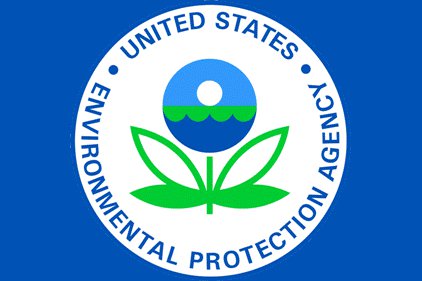The flexibility of our Clean Power Plan affords states the choices that lead them to a healthier future: Choices that level the playing field, and keep options on the table, not off. Choices that reflect where we are today, and look to seize opportunities for tomorrow. Choices that are focused on building up, not shutting down, so we can raise the common denominator for a cleaner, low carbon economy that’ll fuel growth for decades to come.
What’s special about the flexibility of our plan is that it doesn’t just give states more options—it gives entrepreneurs and investors more options, too. It’ll deliver the certainty that will unleash market forces that drive even more innovation and investment, and spur even cleaner power and all sorts of new low-carbon technologies. Our Plan pulls private investment off the shelves and into our clean energy revolution, and sends it in every direction, not just one or two. The opportunities are tremendous.
The good news is states, cities, and businesses have already blazed the trail. Our clean energy revolution is unfolding in front of us. Just in the past few weeks, I went to Salt Lake City, where the mayor and utilities are teaming up on efficiency. I went to St. Paul, where a science center is recycling energy waste, saving money and teaching kids what we adults are just learning. I’ve seen fortune 500 companies revamp strategies to lower business risk by meeting the demands of a carbon constrained future.
I want to give a shout out to all the local officials, rural co-ops, public power operators, and investor owned utilities leading on climate change: It’s clear that you act not just because it’s reasonable, but because it's the right thing to do for the people you serve. Governors and mayors of all stripes are leaning into climate action. They see it not as a partisan obstacle, but as a powerful opportunity. And we know that success breeds success. Those of us who’ve worked in state and local government have seen healthy competition push states to share ideas and expertise. That’s when everybody wins.
EPA has had a longstanding partnership with states to protect public health. We set goals, and states are in the driver’s seat to meet them. So releasing the Clean Power Plan shifts the conversation to states. If you’re a teacher, scientist, mechanic, business person—or just someone with a good idea—share your thoughts with your state leaders. Help them see how they can build a plan that will better our future.
I know people are wondering: can we cut pollution while keeping our energy affordable and reliable? We can, and we will. Critics claim your energy bills will skyrocket. They’re wrong. Any small, short-term change in electricity prices would be within normal fluctuations the power sector already deals with. And any small price increase—think about the price of a gallon of milk a month—is dwarfed by huge benefits. This is an investment in better health and a better future for our kids.
In 2030, the Clean Power Plan will deliver climate and health benefits of up to $90 billion dollars. And for soot and smog reductions alone, that means for every dollar we invest in the plan, families will see $7 dollars in health benefits. And if states are smart about taking advantage of efficiency opportunities, and I know they are, when the effects of this plan are in place in 2030, average electricity bills will be 8 percent cheaper.
This plan is a down payment on a more efficient, 21st century power system that cuts energy waste, cuts pollution, and cuts costs. It’s a proven path—a lot of states have been doing it for years. Think about it like this: we set historic fuel efficiency standards that will double the distance our cars go on a gallon of gas. That means you fill up less often, and save more money. Efficiency is a win for our planet and our pocketbooks. And given the astronomical price we pay for climate inaction, the most costly thing we can do; is to do nothing.
The critics are wrong about reliability, too. For decades, power plants have met pollution limits without risking reliability. If anything, what threatens reliability and causes blackouts is devastating extreme weather fueled by climate change. I’m tired of people pointing to the Polar Vortex as a reason not to act on climate. It’s exactly the opposite. Climate change heightens risks from extreme cold that freezes power grids, superstorms that drown power plants, and heat waves that stress power supplies. And it turns out, efficiency upgrades that slow climate change actually help cities insulate against blackouts.
Despite all that, there are still special interest skeptics who will cry the sky is falling. Who will deliberately ignore the risks, overestimate the costs, and undervalue the benefits. But the facts are clear. For over four decades, EPA has cut air pollution by 70 percent and the economy has more than tripled. All while providing the power we need to keep America strong. Climate action doesn’t dull America’s competitive edge—it sharpens it. It spurs ingenuity, innovation, and investment. In 2011, we exported almost 33 percent more cars than we did in 2009—a clear sign of a competitive industry. And our fuel efficiency standards strengthen that.



